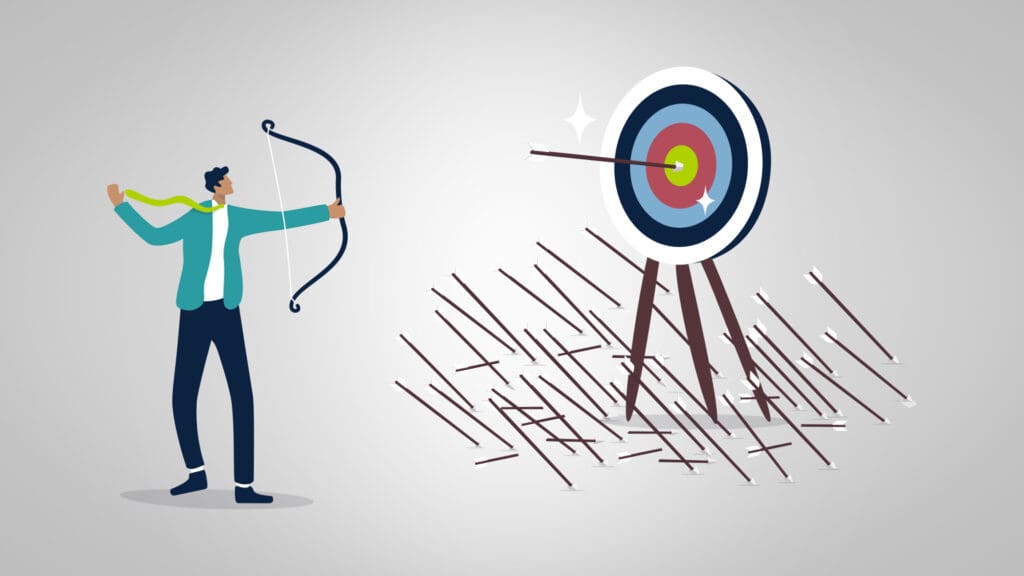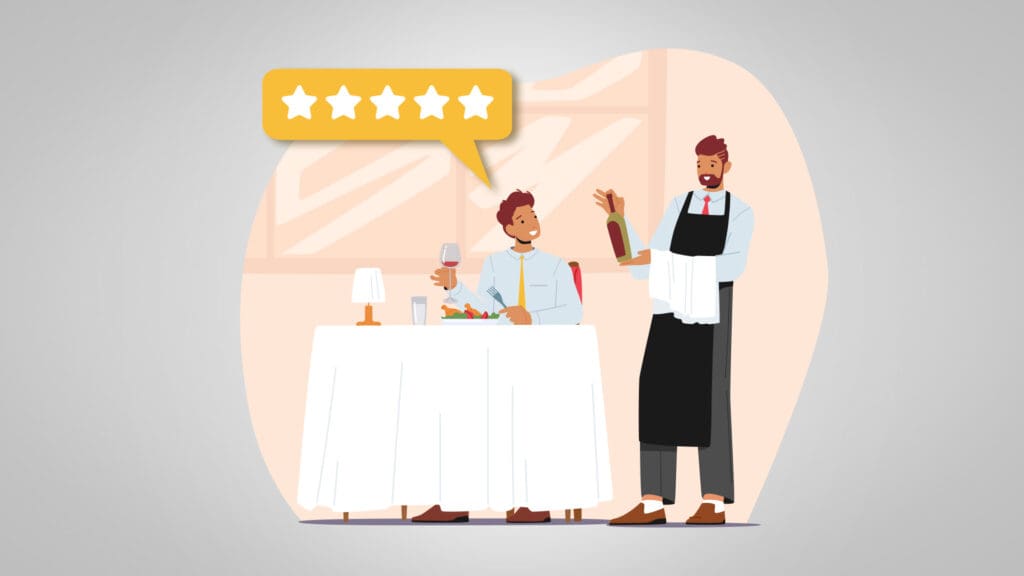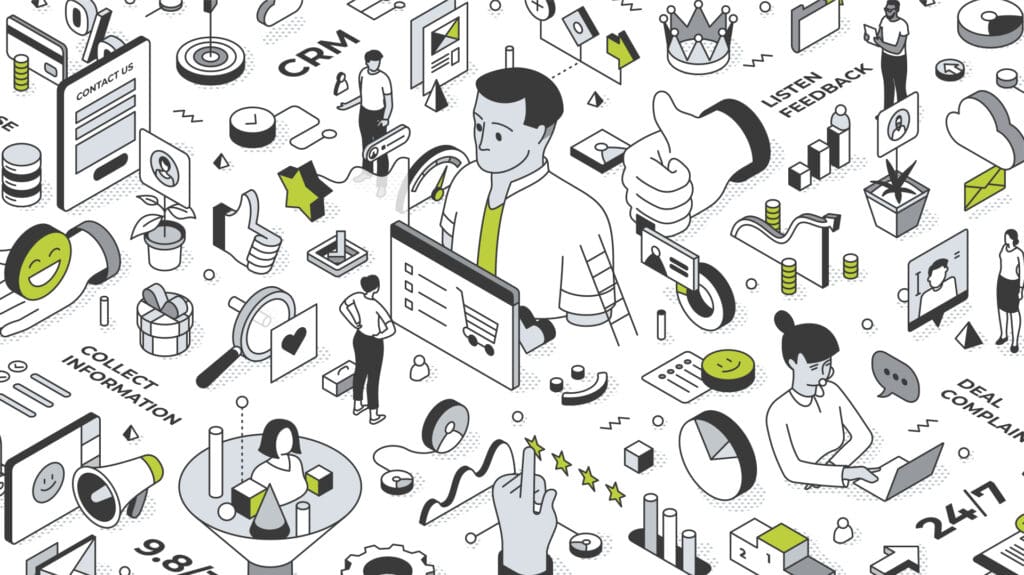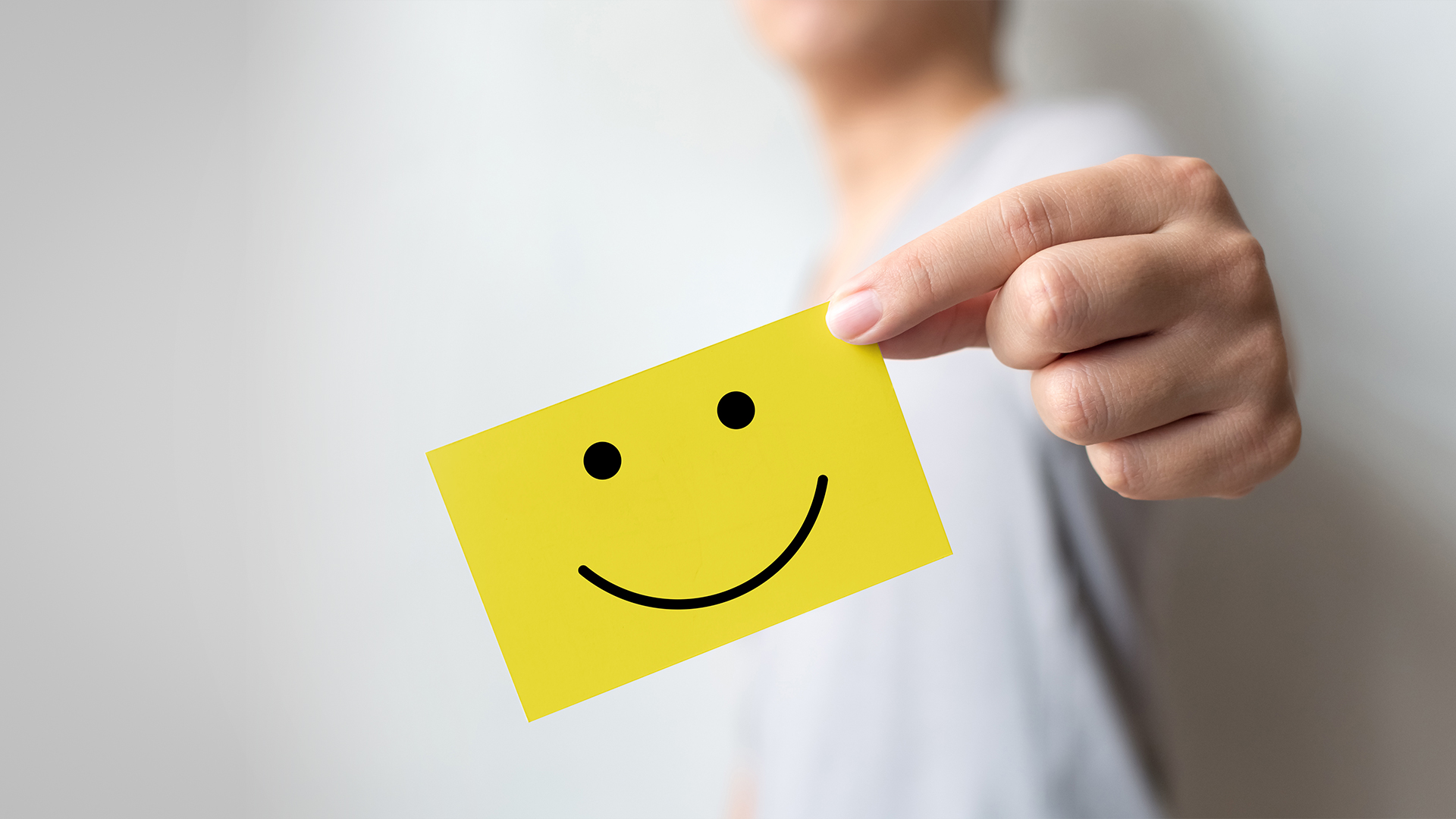
Customer Loyalty Programs Now and the Future of Customer Retention
It’s a question that we as consumers get asked several times a day: “Would you like to sign up for our rewards program?” In fact, it’s become a key part of the customer checkout experience. Rewards and loyalty programs have long been a way for companies to connect with their customers in a unique and engaging way while generating compelling reasons to buy more or more often. These types of programs have evolved over the years to address proposed customer needs and wants, but companies are now looking for ways to predict what their customers will want and/or expect next in this ever-evolving, immediate satisfaction business world.
In today’s edition of Plain Talk, we’ll noodle the current state and future of customer loyalty programs and how your business can adapt.
- Ye Olde Loyalty Program
- Modern Loyalty Programs
- Two Considerations
- Building a Thoughtful Program
- Get Expert Help With Your Customer Loyalty Program
Ye Olde Loyalty Program
Loyalty programs have actually been around for much longer than you might think. In the 1880s, companies like BT Babbitt in New York offered customers collectible and redeemable “trademarks.” Much like General Mill’s Box Tops for Education continuity program today, the trademark program allowed customers to collect wrappers from their Babbitt’s purchases and mail them in to receive a “reward.” Of course, back then, the “rewards” looked a lot different than those offered today and included gifts like a “gentleman’s handkerchief,” a pair of “Uncle Sam suspenders,” or a box of crayons. However, the general goal has not really changed—keep the customers happy and satisfied with the product, engaged with the brand, and eliminate the need to go anywhere else.
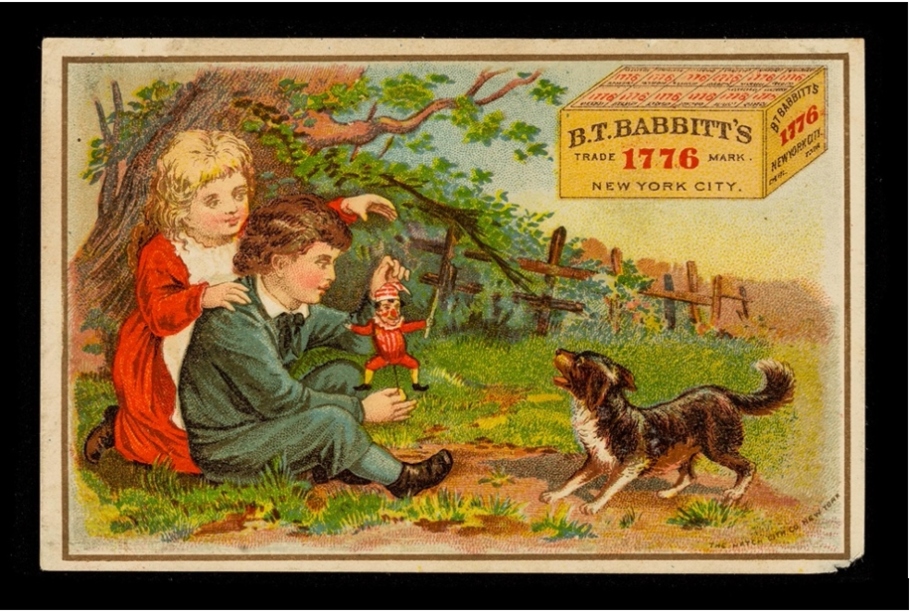
I think it’s safe to assume that back in the 1800s, the number of businesses competing for consumers’ attention was a lot less than it is today, but it is fascinating to think that even back then, the goal of retaining customers and caring about their overall experience was a key part of a successful company’s business plan.
Modern Loyalty Programs
While the overall goal has remained the same, we have definitely come a long way in terms of rewards. Until the 1980s, loyalty programs relied on customers to collect branded items and collect a certain quantity of them before being eligible to redeem them for prizes or high-end products (my mom still has the set of glasses she redeemed from S&H Green Stamps). That’s a lot to ask the customer to do, all while expecting them to be patient and determined enough to do it.
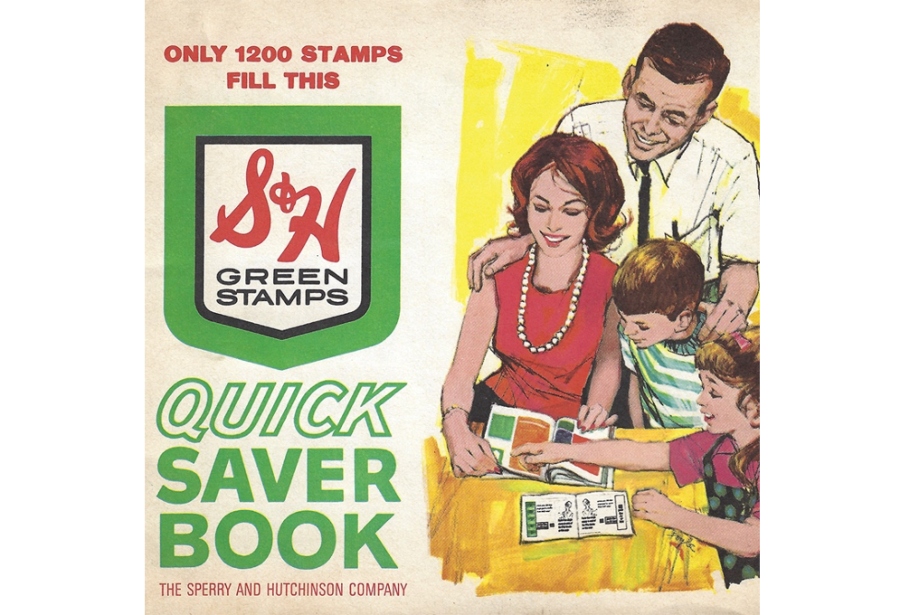
When American Airlines introduced the “Frequent Flier” program, the most important “currency” in loyalty programs became “miles,” which corresponded to how many miles a member had flown. Members could redeem their miles for free flights, upgrades or other items. As this program grew in success, naturally, competition entered with other airlines creating similar programs, causing American Airlines to expand with earned partnerships. By creating partnerships with car rental companies and hotels worldwide, they were able to provide their most loyal consumers with a comprehensive travel experience. What American Airlines didn’t know at the time is that this large-scale loyalty program model would become the catalyst for the loyalty programs customers know, love and sign up for today.
Competing in a crowded space
Speaking of today, how many loyalty programs are consumers loyal to these days? According to a research study conducted by Oracle, the average consumer belongs to nine different loyalty programs across multiple industries, with 77% of those surveyed being loyal to a specific brand for at least 10 years. That should encourage to businesses to know that consumers are willing to collect that many memberships as long as they feel the brand is still working to keep them satisfied and treating them like a person, not a number.
In today’s social media-driven world, it’s so easy for consumers to be influenced by other brands that can test their loyalty. McKinsey & Company believes that, in the aftermath of the pandemic, the “most successful companies will be those that connect with consumers in new ways by leaning in on their digital, omnichannel and in-store technology ambitions.” One might think that a customer’s loyalty can waiver by exposure to a competitor’s new product, lower price or celebrity spokesperson, when in fact, loyalty is mainly lost when customer service and the overall customer experience decline.
Excellent customer service is the secret
According to Microsoft research, 69% of U.S. consumers say customer service is very important when it comes to their loyalty to a brand. Providing a great customer experience and customer service isn’t important just from an operational standpoint; it impacts the company’s bottom line too. Forbes concluded that in 2018, businesses lost nearly $75 billion (with a “b”) in potential revenue due to poor customer service.
On the flip side, consumers are willing to spend 17% more with companies that deliver excellent service. With that type of return, it’s vital for companies to invest in retention and loyalty programs instead of solely focusing on attracting new customers. Acquiring a new customer can, in some instances, cost five times more than retaining an existing customer. Plus, the success rate of selling to a customer you already have is 60-70%, while the success rate of selling to a new customer is only 5-20%.
Two Considerations for Your Customer Loyalty Program
There are two things we think are really worth considering when you think about creating or upgrading your own loyalty program:
1. Data and invited personalization
As marketers speed towards a “cookieless” world, the value of high-quality first-party data will continue to rise. If your company has a loyalty program, how can you take advantage of this information to make your existing customers feel valued while growing your business? In the same Microsoft study, 77% of consumers surveyed noted that they favor brands that not only accept customer feedback but ask for it. Reaching out to your customer base and listening to them regarding what they are looking for is a key component to engaging with them on a personal level, which loyal customers deem to be very important.
For example, 87% of Americans are willing to have various details of their activity tracked in exchange for more personalized rewards and brand experiences. This is invited personalization, where brands offer highly customized products, services, or experiences in exchange for first-party data that you can use to deliver them. So, mission number one will be to review the data you collect, make sure it is the data that will best allow you to provide meaningful experiences to your customers, and then organize the data to best leverage your marketing touchpoints—especially your marketing automation elements if you have them.
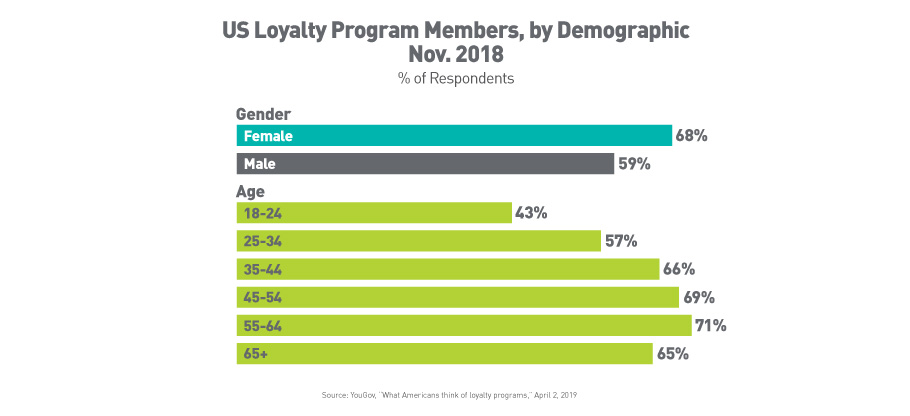
2. Risk-free vs. paid loyalty programs
The next consideration would be whether you should have free memberships or if a paid level is right for your loyalty programming. On the free membership level, there are some excellent success stories like Kohl’s Cash, Sephora’s Beauty Insider, and Starbucks’s Rewards, which all offer different levels of reward but are all highly successful at keeping their respective brands at the top of their customer consideration list. So why would someone PAY YOU so that you can collect their data and market to them?
Have you ever heard of a little thing called Amazon Prime? Boom. Paid loyalty program.
The key is to offer substantial and exclusive value to paid members. Amazon has clearly determined that the discounts and free shipping they offer to Prime members are MORE than paid for by the massive increase in loyalty and the corresponding increase in sales generated. If your business category is highly competitive, it may be worth running the numbers to see if paid memberships are right for you. When done well, a paid loyalty membership holder will reliably deliver significantly higher sales numbers than your walk-ins.
Building a Thoughtful Program
Regardless of the pain point you are solving for with a loyalty program, the data is clear that a thoughtful program with desirable benefits can do wonders for many businesses. With so many communication touchpoints, the opportunities for fruitful personalized two-way engagement between a company and consumer seem endless, but a word of caution. When determining opportunities to offer value to customers, it’s important to stay true to your brand mission and values. After all, they’re why loyalists became loyal to you in the first place.
Once you have your program mechanics figured out, continue to check in with your members with unexpected offers or promotions; 61% of consumers think surprise gifts and offers are the most important way a brand can interact with them, according to a study by AP News. Finally, even when you achieve that large loyal customer base, a company should never stop looking for ways to improve the overall customer experience. Reducing friction in the purchase path, simplifying the checkout process, or offering additional products based on a customer’s recent purchase are all ways a company can let it be known they value their existing customers.
Get Expert Help With Your Customer Loyalty Program
If you have any questions about how to make a modern loyalty program work for your brand or you just feel like revisiting your customer loyalty program might be a good idea, we’d be happy to brainstorm some ideas with you. Just give us a call at 502-499-4209 or drop us a note, and we’ll set up a time to chat.
Our Articles Delivered
Signup to receive our latest articles right in your inbox.

